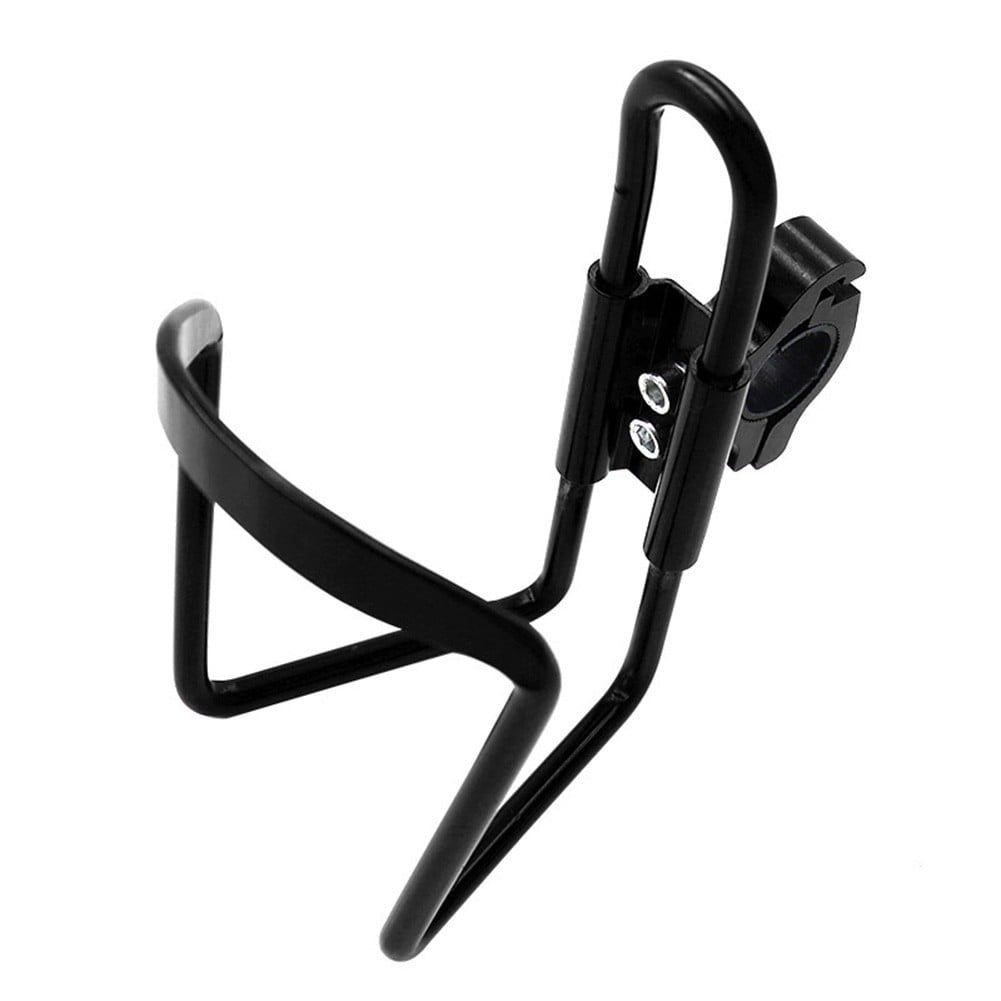

NOMINAL 1X6" TONGUE & GROOVE PATTERN WITH 5" EXPOSURE Using letters allows us to confirm the TRUE dimensions with the mill before we sell to our customers. That is because siding measurements can vary from mill to mill and lumber yard to lumber yard. You might be wondering why our Buffalo diagrams above have letters - A, B, C - instead of actual measurements. Tongue & groove siding is also milled in CLEAR grades, with NO or or very few knots, adding a more formal, streamlined appearance. Select Tight Knotty grades are popular for their warm, rustic look. T&G is best milled when fully seasoned - Kiln Dried or Air Dried to the optimal moisture content. This gives the illusion of a narrower board (1x4") when installed but with the time savings of a wider board (1x8"). There is also a T&G pattern profile call "carsiding" that has a V-Groove in the center of the board. Flush-Joint Tongue and Groove has a similar appearance to classic SHIP LAP Siding.ġ圆 T&G FLUSH JOINT PROFILE CLEAR VERTICAL GRAIN (CVG) CEDAR SIDINGġ圆" Tongue and Groove is the most popular but a wider 1x8" pattern can be selected to have a more rustic appearance. Patterns without any V Edge are referred to as Flush-Joint (cedar, pine) or Butt-Joint (redwood). Tongue & Groove PANELING is naturally graded to the smooth face. Tongue & Groove SIDING has both a rough and smooth face and is normally graded to the rough face (the best visible face) unless requested otherwise for a higher price. Tongue and Groove siding V2E T&G Pattern: One Beveled Face Tongue and Groove siding V4E T&G Pattern: Beveled Both Faces The depth and angle of the beveling determines how distinct the edges will appear when installed on your wall. Traditional TNG patterns are "beveled" on the edges - called a V Edge (as in the pictures below). How distinct or shadowed the line between the boards appears after installation depends on the shape of the edge - the pattern profile you choose.īeveled Edge Tongue & Groove Paneling Pattern Tongue & Groove Patterns (T&G) have the greatest variation in profile - the outline or shape of the board. We will get your order in the queue so it is ready when you are.ġ圆 Tongue and Groove V2E Siding - Clear Cedar installed Vertically In these uncertain times we can help you plan. We guarantee your order will be completed as ordered! If there are any delays you will be the first to know. Once your order is placed we stay in email and phone contact with you throughout the course of your order. Our normal lead time from order to door is 2 - 8 weeks. All communication is handled personally - by phone and email. Our orders are custom milled and factory finished. Of course, lengths are customized for each job.We are OPEN for business during these uncertain times!Īll Buffalo Lumber orders are delivered MILL DIRECT to your JOB SITE. A wide range of depths are available, far too many to list here, so please contact your local manufacturer for more information on their offerings - in general depths start at 6" and go up to 30" and beyond. Standard widths are specified in the above publication, but can be customized as needed.

The following table comes from the American Institute of Timber Construction's Standard Specification for Structural Glued Laminated Timber of Hardwood Species publication.ĪNSI/AITC A190.1-1992 allows for any width and depth of glue laminated timber. It is advisable to check with your contractor or lumber supplier before finalizing design details so you aren't surprised by what you receive. However, in some cases, like the big-box hardware stores, the boards come in dimensional widths similar to softwood widths. In most cases, hardwood boards come in random widths to be ripped to size by the woodworker. For instance, hardwood trim that ends up being just over 1" thick (surfaced on 2 sides) is called a five-quarter (5/4) board. In North America, hardwood lumber is usually specified using the quarter system, where a board is identified by its thickness in quarters of an inch. Surfaced refers to a finishing process that smooths the lumber to remove all saw marks. Hardwood lumber is sized based on how many sides are surfaced. Softwood lumber comes in a number of standard lengths as listed in the table below. North American Standard 8-by Lumber NOMINAL SIZE (INCHES) North American Standard 6-by Lumber NOMINAL SIZE (INCHES) North American Standard 4-by Lumber NOMINAL SIZE (INCHES) North American Standard 2-by Lumber NOMINAL SIZE (INCHES) North American Standard 1-by Lumber NOMINAL SIZE (INCHES) In the United States, softwood lumber is governed by the National Institute of Standards American Softwood Lumber Standard (PS 20). Softwood lumber is generally used for framing walls and floors.


 0 kommentar(er)
0 kommentar(er)
